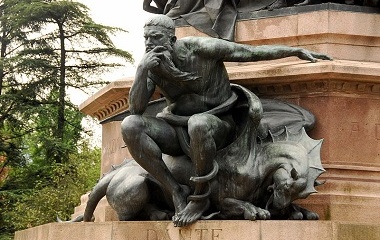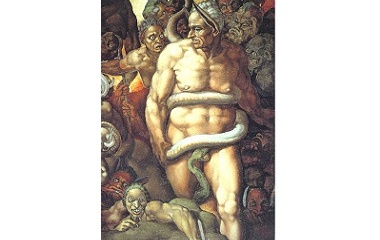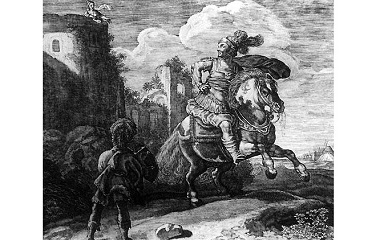Fast Facts:
- Pronunciation: Mai-nos
- Origin: Greece
- Role: Ruler of Crete, judged the dead in the underworld
- Parents: Zeus and Europa
- Wife: Pasiphae
Who is Minos?
Minos is the king of Crete in Greek mythology. His name means governor or king in the ancient Cretan language. He was able to gain the throne of Crete with the help of the god Poseidon, an Olympian god who ruled over the sea. He sought the aid of the gods again when he wanted to acquire the Aegean islands and was assisted by the god, Knossos. At the time the seas were festered with pirates, but Minos was able to annihilate them with his superior naval fleet and thereby unite the cities of Knossos. Scholars portray differing views of the king. He is either depicted as a just and fair ruler or one who was cruel and wicked.
Origin
Homer’s Iliad and Odyssey mention Minos in the context of the King of Knossos. Thucydides, an ancient Athenian historian, refers to him as the first man to establish a navy.
Legends and Stories
King Minos is closely associated with law. He helped create new laws for the Minoan people every nine years with the help of his father Zeus and became a judge in Hades after his death.
Minos’ son Glaucus
The king’s son, Glaucus, disappeared one day while he was playing and Minos sent Polyidus, a renowned seer, to go and find the child. He found the boy in a wine casket in the king’s wine cellar, but unfortunately, Glaucus was already dead. Minos insisted his son be brought back to life, but Polyidus did not agree with him. The seer’s refusal resulted in him being locked up in the cellar by Minos. While detained, Polyidus discovered a magical herb which brought a dead snake back to life. He decided to use the herb to bring Glaucus back to life and was successful in this regard. The king released him from the cellar but did not allow him to leave Crete until he had imparted the art of divination to his son. The seer obliged Minos once again, but took away the gift from Glaucus directly after he had schooled the boy in the art.
The Minotaur
The legend of the Minotaur transpired from King Minos angering the god Poseidon. Poseidon retaliated by tricking Minos’ wife Pasiphae into having sexual intercourse with a bull. She then gave birth to the half-bull, half-man Minotaur, which later inhabited the labyrinth under the king’s palace.
King Minos’ son died while fighting a bull in Athens. Minos was devastated by the loss and exacted his revenge on the city and its people. In order to take control of the city, he solicited the help of the Athenian king’s daughter, Scylla, by making her fall in love with him. Since he knew the Athenian king’s strength lay in his hair, he had Scylla cut off her father’s hair. After taking charge of the city, he made his severe demands to the people and his terms were agreed upon. Every nine years, seven young men and seven young women were sent into the labyrinth in Crete to be sacrificed to the Minotaur. The cruel sacrifices lasted until one day Theseus, a son of the Athenian king, was able to kill the beast in the maze, with the help of Ariadne, Minos’ daughter.
Minos was eventually killed by King Cocalus’ daughters. They poured boiling water over him while he was taking a bath, burning him to death. In Hades, the underworld, he became a judge of the dead, perhaps since he was viewed as a just leader who promoted Zeus’ laws when was living.
Family
Pasiphae bore him many children including Ariadne, Androgeos, and Phaedra. He also had four sons with a nymph, Pareia, as well as children by other women.
Appearance
The king appears on ancient coins as a curly-haired, bearded man with a cloth headband. In The Last Judgment, a painting by Michelangelo, the king additionally sports two donkey’s ears in his role as judge of the underworld.
Modern Influence
The ruins of the city of Knossos, the largest city under Minos’ rule, were discovered by a British archaeologist in the early 1900s. Visitors can explore the palace of Knossos, including the throne room, and perhaps get an idea what the mythical labyrinth in mythology may have been like. Scholars posit the British have also eagerly compared their own pre-eminence in the early 20th century to the great Minoan civilization.
The king also features as an antagonist in The Battle of The Labyrinth, part of the Percy Jackson series by Rick Riordan.
Minos






No comments:
Post a Comment